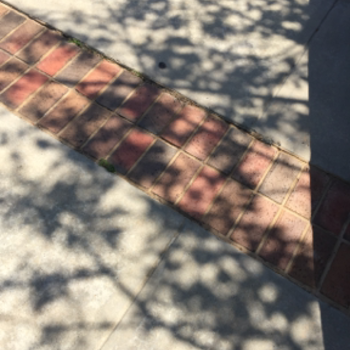What is the mechanical advantage of a ramp that is 9 m long and 3 m high?
1 Answer
Explanation:
You have two choices to lift an object in this case. You either lift it straight up for 3m without the ramp; or you push it on the ramp and make it travel 9m long before it reaches 3 m high. Obviously the later case costs less effort but it takes longer time. Hence the term mechanical advantage
Or you can consider the forces used in this two cases.
The sine of the ramp is:
The minimal force needed to push an object on the ramp is
The force needed to lift the object without the ramp is mg.

